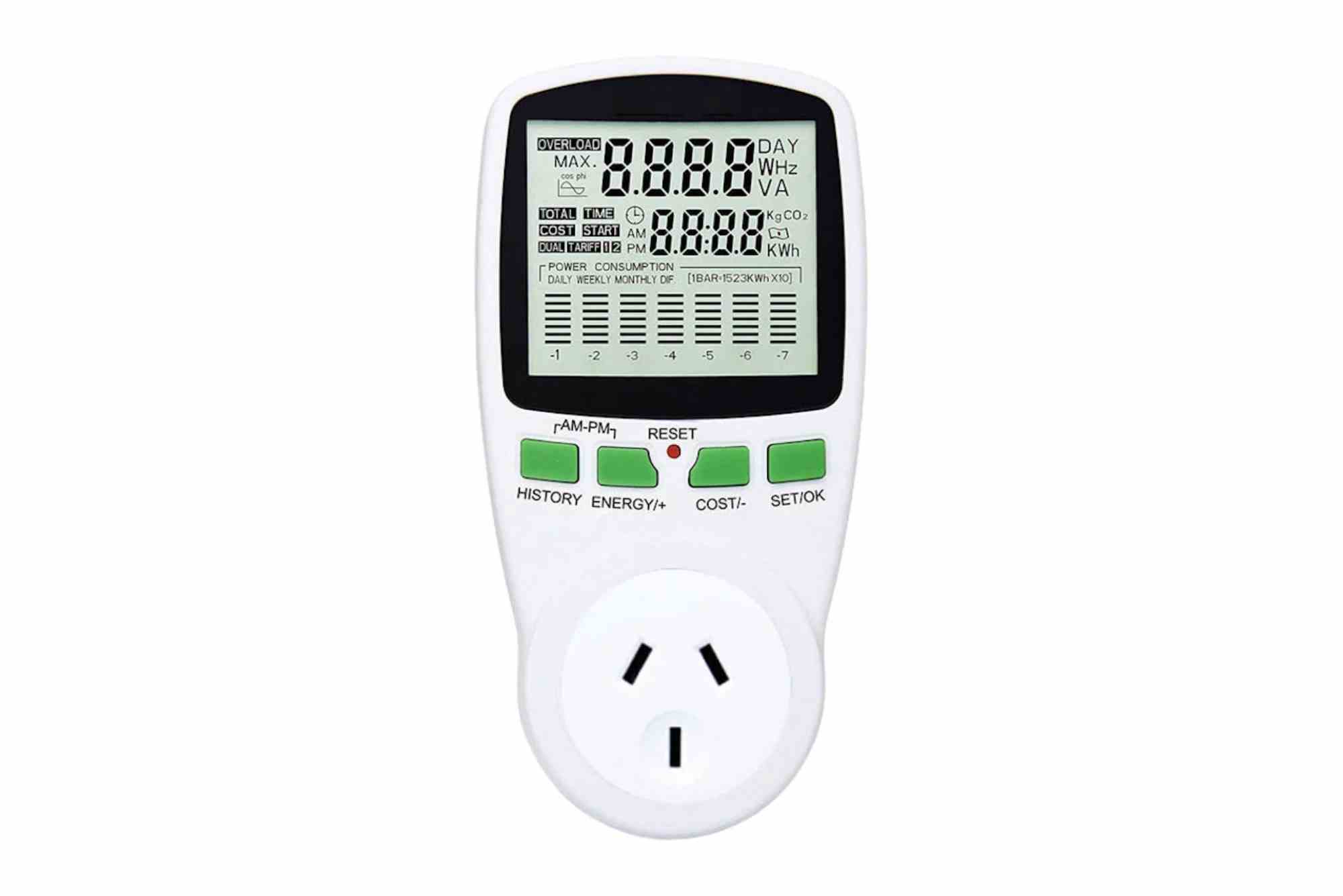Power Usage Home Electricity Monitor: Track Your Consumption
Managing energy consumption has become a top priority for homeowners. With electricity bills rising and environmental awareness growing, more people are searching for practical ways to monitor their power use. A power usage home electricity monitor is one of the most effective tools for tracking and reducing household energy costs.
In this guide, we’ll explore what these devices are, how they work, and why they are essential for modern homes.
What Is a Power Usage Home Electricity Monitor?
A power usage home electricity monitor is a device that tracks how much electricity your household consumes. It connects to your electrical system or specific appliances to provide real-time data about energy use. By monitoring your usage, you can identify energy-hungry appliances, reduce waste, and make smarter decisions about your consumption.
Why Use a Power Usage Home Electricity Monitor?
Save on Electricity Bills
One of the biggest benefits is cost savings. By knowing which devices use the most energy, you can adjust usage habits or replace inefficient appliances.
Increase Energy Awareness
These monitors give you visibility into your electricity consumption patterns. That awareness alone often motivates people to conserve energy.
Support Sustainable Living
Reducing energy waste lowers your carbon footprint. A power usage home electricity monitor empowers you to contribute to a greener environment.
Improve Appliance Efficiency
Some monitors can measure the performance of appliances over time, helping you determine when replacements are needed.
How Does a Power Usage Home Electricity Monitor Work?
Smart Plug Monitors
These plug into an outlet and measure the electricity used by a specific device. They are ideal for small appliances like TVs, coffee makers, or space heaters.
Whole-Home Monitors
Installed near the electrical panel, these track energy consumption across your entire household. They often sync with apps to provide detailed data on your smartphone.
Wireless Connectivity
Many modern monitors connect to Wi-Fi, allowing you to check your energy use from anywhere in real-time.
Key Features to Look For
When choosing a power usage home electricity monitor, consider the following features:
Real-Time Monitoring
Instant updates allow you to see energy spikes when you switch on appliances.
App Integration
Mobile apps provide charts, graphs, and alerts to make tracking easier.
Appliance Recognition
Some advanced monitors can automatically identify which devices are running.
Usage Reports
Monthly or weekly summaries help you understand long-term patterns.
Alerts and Notifications
Set custom alerts for when consumption exceeds a certain level.
Benefits of Tracking Your Power Usage
Identify Energy Hogs
Monitoring shows which appliances draw the most power, such as refrigerators, HVAC systems, or old water heaters.
Prevent Bill Surprises
With detailed insights, you’ll avoid unexpected spikes in electricity costs.
Encourage Smarter Habits
Small adjustments—like unplugging idle electronics—become easier when you can see the results instantly.
Plan for Renewable Energy
If you’re considering solar panels, a monitor helps you evaluate how much energy you need.
Installation and Setup
Plug-and-Play Monitors
These require no professional help. Just plug them into an outlet and connect your appliance.
Whole-Home Monitors
These may require installation by an electrician, as they connect directly to your electrical panel.
Mobile App Setup
Most monitors pair with an app. You’ll need Wi-Fi and a smartphone to access detailed usage reports.
Popular Use Cases
Tracking HVAC Systems
Heating and cooling account for a large portion of electricity bills. Monitoring helps you see exactly how much energy they use.
Measuring Kitchen Appliances
Ovens, refrigerators, and dishwashers can be major energy drains. A power usage home electricity monitor highlights their consumption.
Monitoring Entertainment Systems
TVs, gaming consoles, and sound systems often consume more energy than expected, especially in standby mode.
Managing Home Offices
Computers, printers, and routers add up. Tracking their use ensures efficient operation.
Tips to Maximize Savings
- Compare usage daily. Look for unusual spikes and identify their cause.
- Unplug idle devices. Many appliances draw power even when turned off.
- Schedule appliance use. Running dishwashers or laundry machines during off-peak hours may reduce costs.
- Upgrade inefficient devices. Use monitor data to decide when it’s time to invest in energy-efficient models.
FAQs
What is the best way to monitor electricity usage at home?
The best way is to install a power usage home electricity monitor, either as a smart plug for appliances or a whole-home system.
Do home electricity monitors really save money?
Yes. By identifying energy-hungry appliances and promoting better habits, these monitors can significantly reduce monthly bills.
Are electricity monitors hard to install?
Smart plug monitors are simple to set up, while whole-home monitors may require professional installation.
Can I monitor electricity usage from my phone?
Absolutely. Most modern monitors connect to Wi-Fi and sync with mobile apps, making it easy to track usage anywhere.
How accurate are home electricity monitors?
Most high-quality monitors are very accurate, often within 1–2% of actual usage. Accuracy depends on the brand and model.
A power usage home electricity monitor is more than just a gadget—it’s a tool for financial savings, energy awareness, and sustainable living. Whether you choose a plug-in model for specific devices or a whole-home system, these monitors offer valuable insights into how your household consumes energy.
By understanding your usage patterns, you can take meaningful steps to lower bills, improve efficiency, and reduce your environmental impact.



